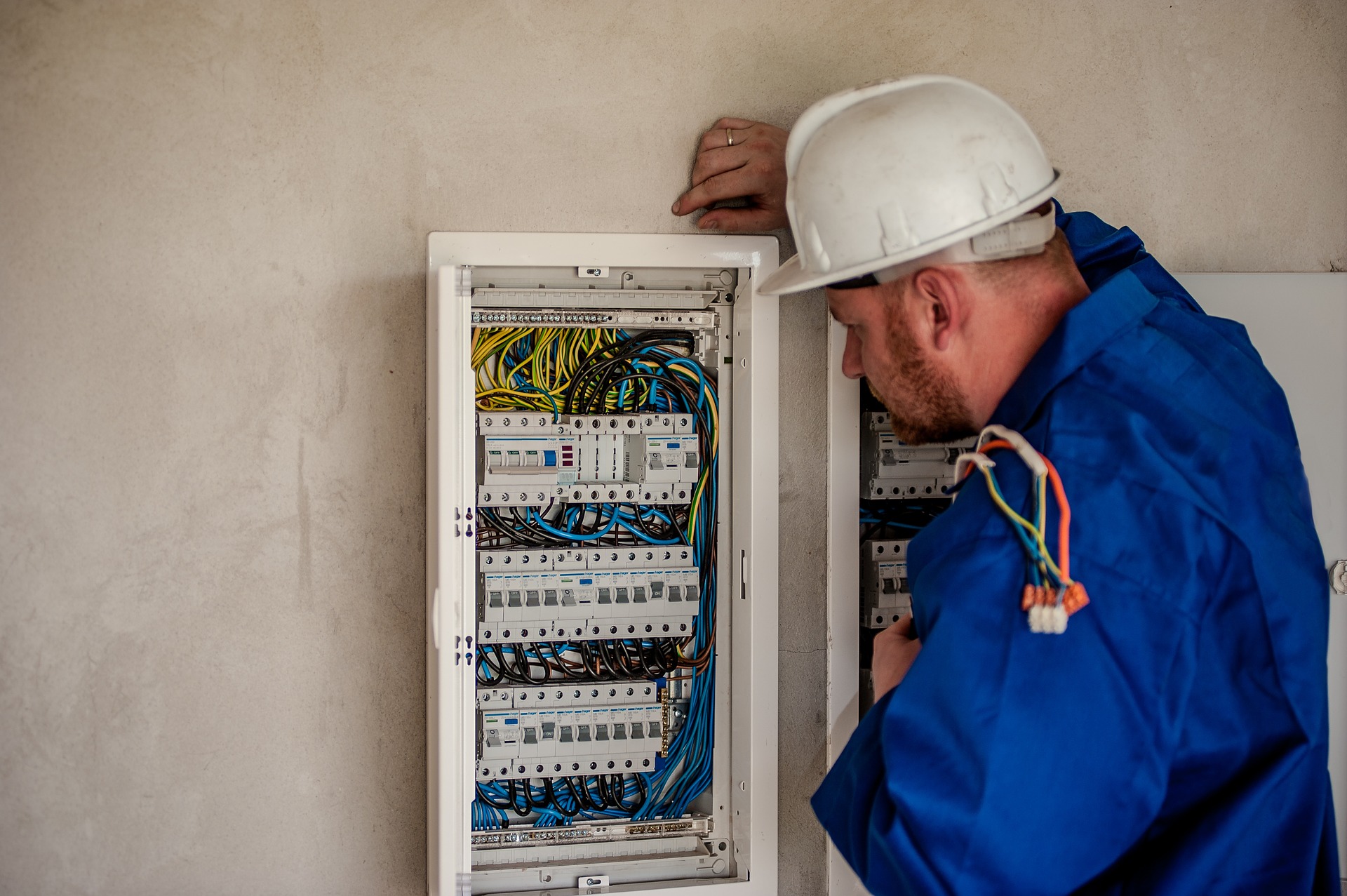
When designing an enclosure, sealing is a critical consideration; one that must take into account the environmental factors that the enclosure will be subject to.
While the final choice of a sealing material should be made by a professional (such as our materials experts, who work in tandem with industrial designers and engineers), here are a few material characteristics to take into consideration. This is not a conclusive list, so give us a call if you have questions.
- Wide temperature range: Choose a silicone foam such as BISCO Silicone, or a silicone sponge material.
- UV/ozone resistance: EDPM, silicone sponge, and BISCO Silicone foam are the best options.
- Compression set resistance: A polyurethane such as PORON (medium or high density) is a good choice, as well as BISCO Silicone.
- Solvent and chemical resistance: Choose a material like silicone, pure Nitrile, or Viton – this will be dependent on the type of chemical(s) exposure there will be. Contact AFP to learn more.
- Meeting UL Flammability Listing(s): BISCO Silicone materials, PORON, and Neoprene will be your best options.
- Low outgassing: Choose a silicone foam such as BISCO Silicone, a silicone sponge material, or a polyurethane such as PORON (medium or high density).
- Superior flame resistance: Consider a silicone foam such as BISCO Silicone.
- Low cost: Polyethylene is low cost, but it has a low c-set, low force relaxation, and low PSA anchorage.
-
How firm/soft of material is needed: BISCO Silicone and PORON foams have many different densities and compression deflection options to meet your needs.
As you can see, choosing the right enclosure sealing material can be quite a challenge. Our materials experts are here to help you every step of the way. Our engineers work in compliance with NEMA and UL certification requirements, EMI and RFI considerations, and environmental safety regulations. Ready to get started on your gaskets or seals?




